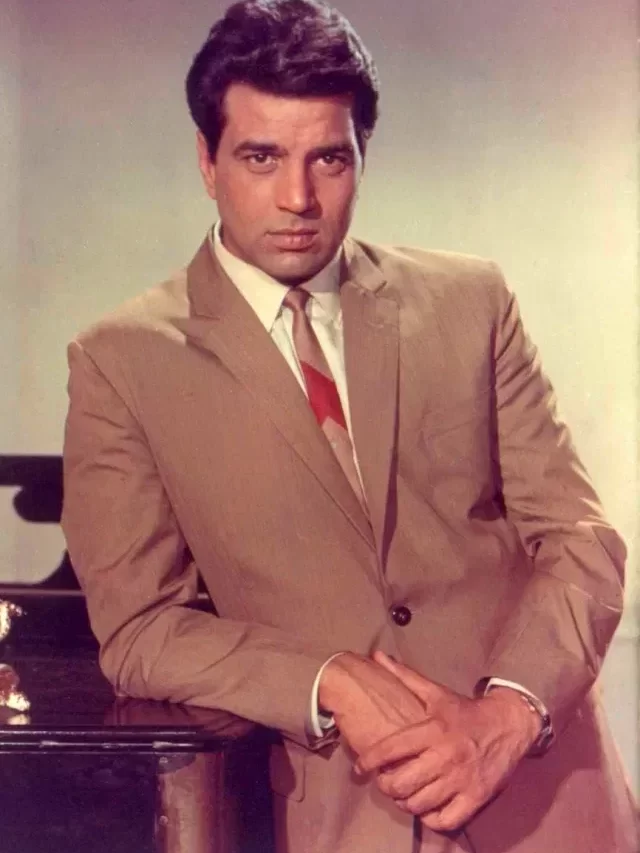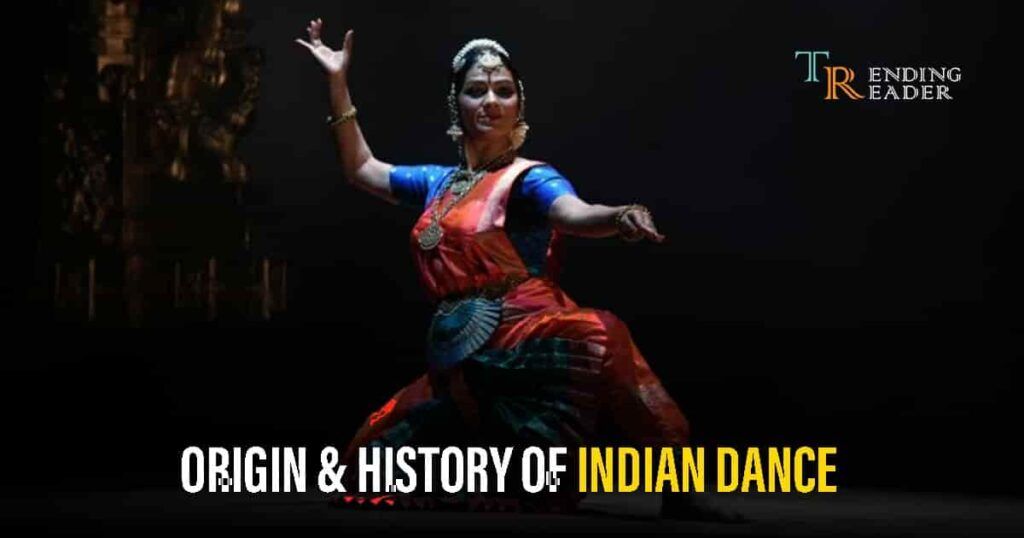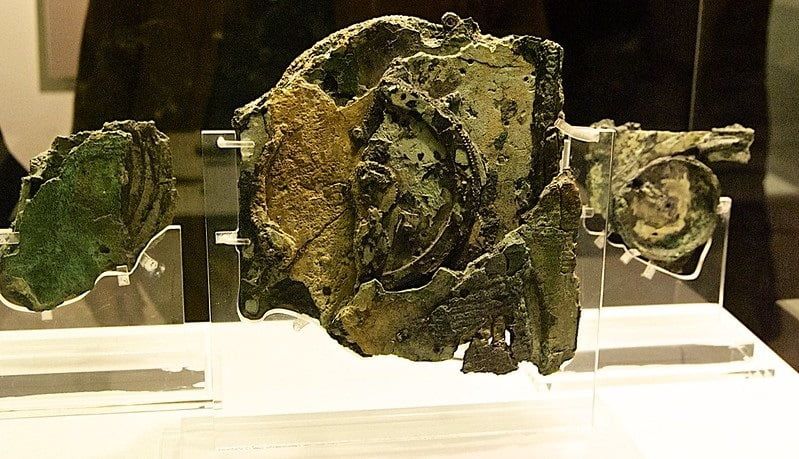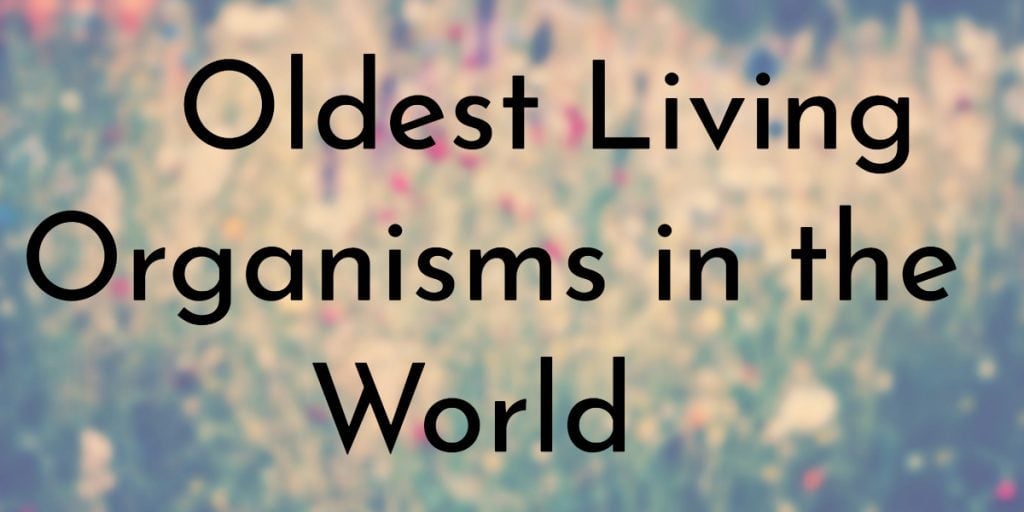In India, dance is thought to have celestial origins. According to Hindu mythology, the gods and goddesses enjoy dance, theater, and mime, and some of them are excellent dancers. In this article, we will know every detail about the origin and history of Indian dance. Also, know the Importance of dance in Indian Culture.
What Is Dance?
Dance is a form of art that entails the movement of the body, usually in a rhythmic and musical manner, and is done in a variety of cultures as a method of expression, social interaction, and exercise, as well as in a spiritual or performance context.
Dance is also practiced by other animals and can be considered a kind of non-verbal communication between people (bee dance, patterns of behavior such as a mating dance). Gymnastics, figure skating, and synchronized swimming are dance-based sports, and martial arts kata are frequently equated to dances. Dances can be described as motion in otherwise lifeless objects. Let’s know more about the history of Indian dance.
What Is The History Of Indian Dance?
The famed ancient literature Bharata’s ‘Natya Shastra’ (2 B.C.-2 A.D.), which is regarded as the most thorough and colorful treatise on dramaturgy, contains the earliest formal mention of dance. It discusses the skills of Indian drama, dance, and music in-depth, as well as the various types of postures (‘mudras’) and emotions and their importance, as well as the various types of attires, ornaments, stages, and even the audience. This was all about the history of Indian dance.
Dance In Hindu Mythology
In Hindu mythology and philosophy, Shiva’s cosmic dance (‘Tandava), Parvati’s feminine reaction, Krishna’s love dances, and Kali’s violent Goddess of Destruction dances all have enormous significance. The celestial courtesans of Indra’s court, particularly ‘Urvashi,’ ‘Meneka,’ ‘Rambha,’ and ‘Tilottama,’ are skilled musicians and dancers.
3 Dance Elements
Indian dance is separated into three elements: ‘nritta’ (rhythmic elements), ‘Nritya’ (rhythmic expression), and ‘Natya’ (expression and rhythm) (drama). The dance could reflect a masculine, strong, hard aspect (‘tandava’) or a feminine, delicate, flowing, subtle aspect (‘lasya’).
List Of Semi-Classical And Classical Dance Forms In India
In India, there are a variety of traditional and semi-classical dance genres, each of which reflects the culture and spirit of a particular region or people.
1. ‘Bharatanatyam’ of Tamil Nadu,
2. ‘Kathakali’ of Kerala,
3. ‘Mohiniattam’ of Kerala,
4. ‘Odissi’ of Orissa,
5. ‘Kathak’ of Uttar Pradesh and other areas of North India,
6. ‘Kuchipudi’ of Andhra Pradesh, and
7. ‘Manipuri Ras’ of Manipur
These are the seven primary classical dance genres in India. These are some dance forms that are widely famous in the history of Indian dance.
Most Popular Indian Dance
In India, there are many classical dances and art performances.
1. Kathak,
2. Bharatnatyam,
3. Kuchipudi,
4. Kathakali,
5. Odissi,
6. Manipuri,
7. Sattriya, and
8. Mohiniyattam
These are eight well-known classical dances approved by Sangeet Natak Akademi. The below section describes the Importance of dance in Indian Culture.
Importance Of Dance In Indian Culture
Dances pervaded all aspects of traditional Indian culture, but its most essential purpose was to give symbolic embodiment to abstract religious beliefs. Dance and religion have always had a close association in Hindu thought, and many references to dance include depictions of its portrayal in both secular and sacred settings. This blending of secular and religious art can be seen in temple sculpture, where rigorously iconographic representations of deities frequently coexist with depictions of profane themes. The history of Indian dance indeed has a special significance in India’s culture.
Also Read – Who is Mahakali? – Here Are The Signs Maa Kali Is Calling You
Conclusion
Different kinds of dance are continually being created to reflect the fusion of these different cultures in a world where people of different cultures are now becoming increasingly exposed to each other via technology and immigration. Dance, as a result, is a powerful manifestation of the cultural shifts that are occurring in our world.
For more related information, visit Discover – Trending Reader












